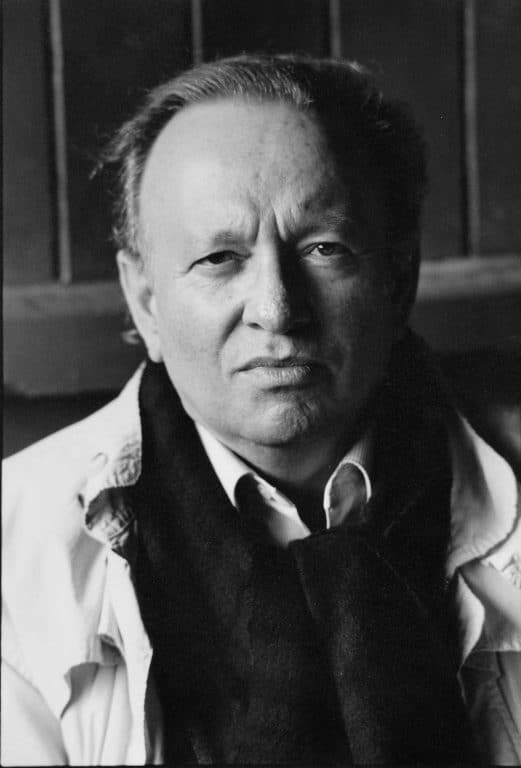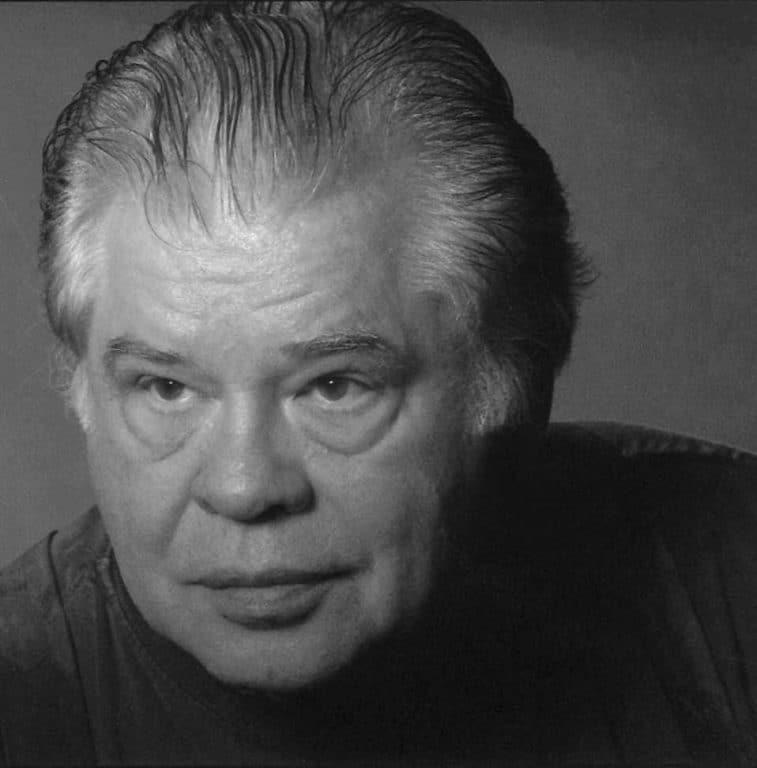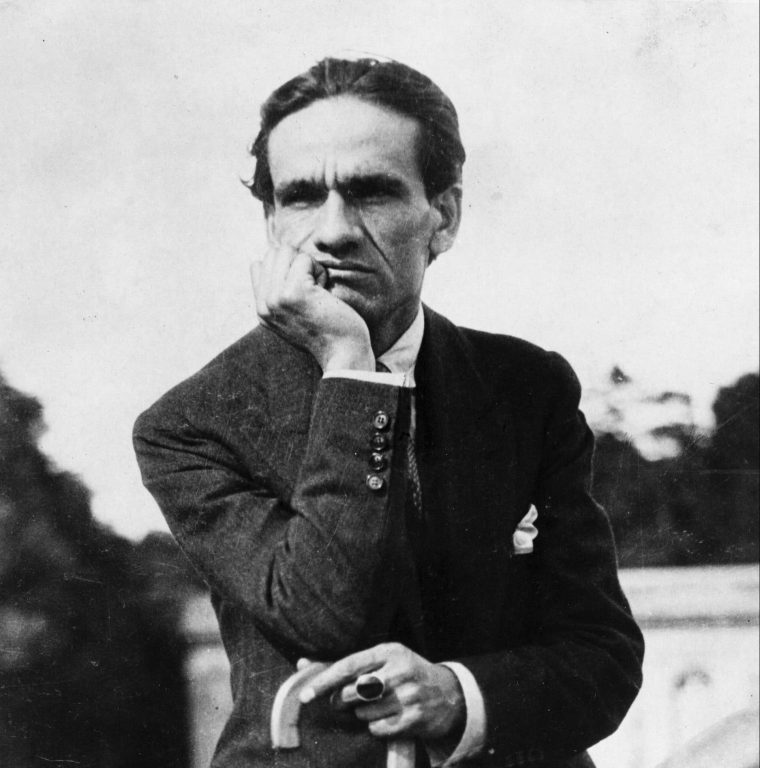Some segments of Dionne Brand’s 2019 Griffin Poetry Prize shortlisted The Blue Clerk are brief but strikingly acute on numbers of levels. From a blurry image, Brand extracts clear and pointed commentary in “Verso 40.6”.
The touchstone of this succinct prose poem is a historical photograph by Louis Daguerre, the French photographer who pioneered the…
Some segments of Dionne Brand’s 2019 Griffin Poetry Prize shortlisted The Blue Clerk are brief but strikingly acute on numbers of levels. From a blurry image, Brand extracts clear and pointed commentary in “Verso 40.6”.
The touchstone of this succinct prose poem is a historical photograph by Louis Daguerre, the French photographer who pioneered the eponymous daguerreotype, an early form of photograph (Interestingly, Eve Joseph, with whom Dionne Brand share the 2019 Griffin Poetry Prize shortlist, offers a series of ekphrastic poems in her collection Quarrels , in which she responds to images from the work of American photographer Diane Arbus.)
At first glance …
the Daguerre photograph in question looks to be an empty street scene (apparently taken in Paris, France in 1838). However, on closer scrutiny (which Brand and her narrator have practiced), some human activity is discernible in the lower left corner of the image:
While of coarse resolution, one can make out two figures, one on the left with a foot upraised that is having his footwear attended to by a crouching figure on the right. It’s actually unlikely that this service was being rendered on an otherwise deserted street. As a 2014 CNN article explains , “the exposure time for the image was around seven minutes. The street appears deserted because while the two human figures were relatively still, other pedestrians and horse-drawn carriages were moving too fast to register on the plate.”
Thanks to that early technological constraint, the two figures are an intriguing focal point in the photograph. While there seems to be little dispute that this is the first photograph of a human being, Brand’s poem and narrator pose an excellent question about who of the two is really the first: the one being served or the one serving.
It’s fascinating to see how Brand has mined early and faint traces of modest, everyday human existence to make observations about the state of humanity today. From something so indistinct comes something so unforgettably provocative and vivid.




